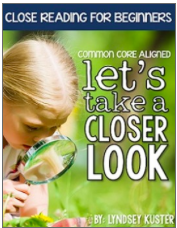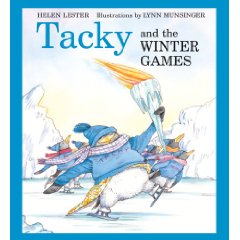Ever tried teaching a skill that has 5 or more steps?
Have you had to teach your students basic "life skills" and "daily living tasks?"
Have you thought to yourself "How am I ever going to teach him/her this?"
Well . . . maybe you should try a TASK ANALYSIS.
I haven't blogged lately, but am planning to get back in the swing of things with a few posts about the basics. In special education, a task analysis is a basic procedure that is used to teach skills that have many steps or NEED to be broken down into many steps. Lots of times, this becomes am obvious strategy when you're teaching a life skill.
So that we are all on the same page, a life skill is something you need for basic, day-to-day activities. They can include personal/social skills, cooking skills, dressing and grooming skills, work/vocational skills, or functional academic skills. These are the skills that allow a person to independently manage his/her needs. Many children learn these skills as they grow and develop and we often don't realize that these skills were "taught." For a student with a disability, these life skills may need to be re-taught, routinely practiced, taught a different way (modified), taught with supports or taught with adaptive devices and equipment.
The students I teach need these skills as much as they need academic skills and sometimes, they need these skills before we get to "academic" skills.
How do you teach a student who can't read how to cook?
How do you teach a student who has limited communication skills, weak fine motor skills, physical limitations and any other disabling condition?
One strategy is a task analysis.
**the breaking down of a skills into smaller, more manageable steps in order to teach a skill
**as one step is mastered, the student becomes more independent with preforming the task
When teaching bathroom skills, I often use this strategy. I have broken down many grooming skills so that I can assess my student's functioning level, determine the skills that need taught and create a support profile that will allow for the most independence and least intrusive prompting.
Here's an example:
BRUSHING TEETH:
The skills of brushing your teeth is broken down into 19 steps. When I started to break skills down like this, it was eye opening to me! When you think about all the skills required to complete this one task, you begin to realize how complex many "life skills" truly are and how we take for granted all the tiny little steps, like unscrewing a cap.
My first step is getting a baseline. I assess my student's current ability and record the level of prompting that is required for each step.
Then I assess the data to determine where I should start teaching. Some students will be very strong with parts of the task, other students will need support the entire time. When you look at the data, determine if it makes sense to teach from step 1 and proceed in order. It may make sense to support a student from the beginning and teach the last step, working backward. I will make these decisions based on the student's ability, what skills he/she already possesses, where motivation will be the greatest, and other student specific factors. For more information, look into "chaining" and "shaping" behaviors.
From there, I start teaching! Think about the underlying skill a student needs to perform the step you are addressing. Fine motor skills are key for teeth brushing. Working on the specific fine motor skill of grasping a toothbrush is great, but you can incorporate this grasp pattern in many activities across the day.
Not to get off on a tangent, but when I am teaching a skill, I try very hard to teach it with many materials, across various activities and with varying adults. Many students will struggle with generalizing of skills, so I try to plan ahead and embed opportunities to generalize from the start. This is my philosophy - it may not be the best for all kids BUT I have found great success. It may take a little longer to master a skill or step when you embed generalizing from the start, but you will not have to teach generalizing of a mastered skill at the end.
Okay, back to the brushing teeth stuff . . . as you are teaching the steps of this bigger task (teeth brushing), you should be completing the whole task everyday.
You should allow the student to complete the steps he/she can independently ...
You should work on the step that is the current focus - pushing the student to grow and gain this skill ...
You should provide the necessary supports/prompts to complete the remaining steps of the task so that the task gets completed each time ...
You need to take frequent data to assess growth (skill development), determine the next teaching step, or to re-evaluate the teaching method. I require data 2x per week. My staff and I will complete the task everyday but we only record data 2 times per week.
Please Note
**When we assess a student on a task, we also need to assess the environment. Please think about this!
If a student is unable to screw the toothpaste cap off - should we take the time to teach this fine motor skill or should we have the student use toothpaste in a flip cap?
If a student can follow a visual picture schedule for teeth brushing then that support should be provided - it does not make the student less independent. If the student can complete the task without an adult and a picture schedule is hanging as a reminder or cue - isn't that student still brushing his/her teeth?
We often think we need to teach the child every little detail . . . but what will accomplish the end result faster? Should we modify the environment to cultivate success or should we be rigid and require kids to do it "our way?"
I often ask myself - "What will make the most sense for this kid?" Then, I fine tune things to him/her - keeping in mind family supports, financial supports, skill attainment patterns, motivation, etc,
Here are some task analysis forms I have created:
Teeth Brushing
Bathroom
Ordering Food
Using Microwave
Showering
Here are some online resources:
Life Skills Task Sheets
Autism Beacon Life Skill Planner
Behavior Advisor
Autism Speaks



































